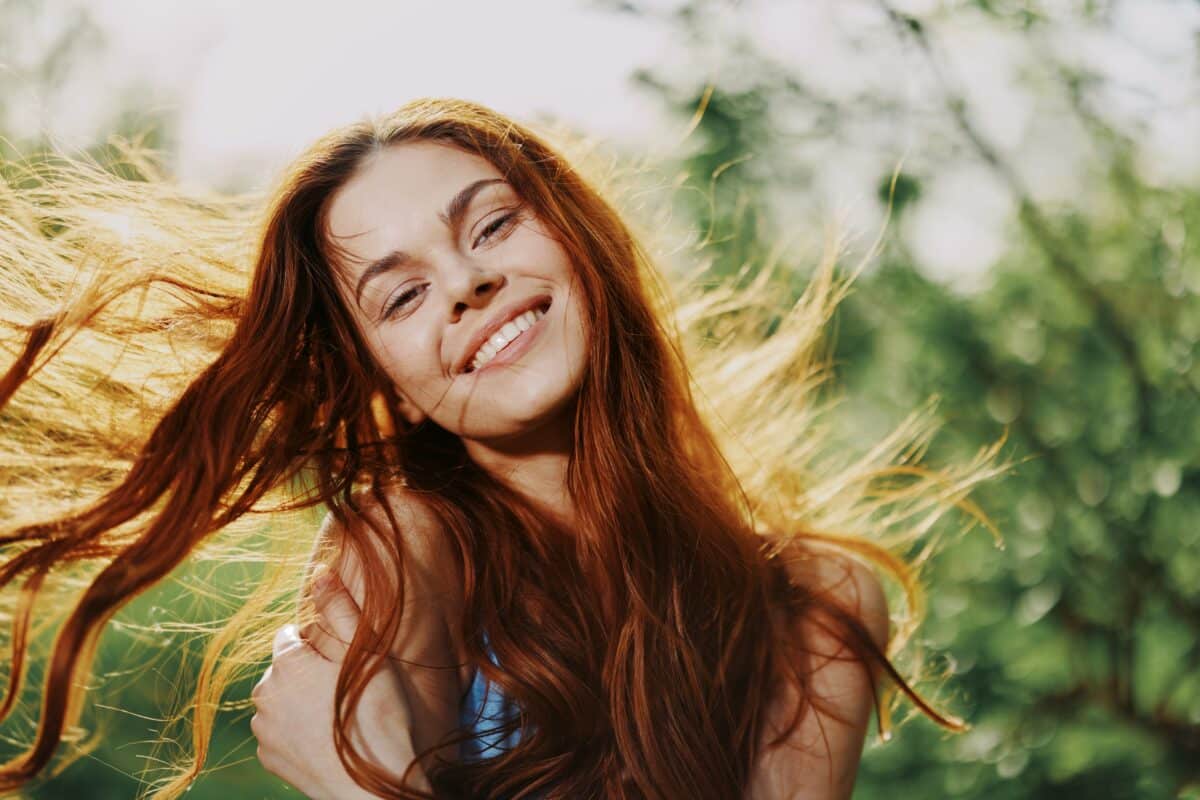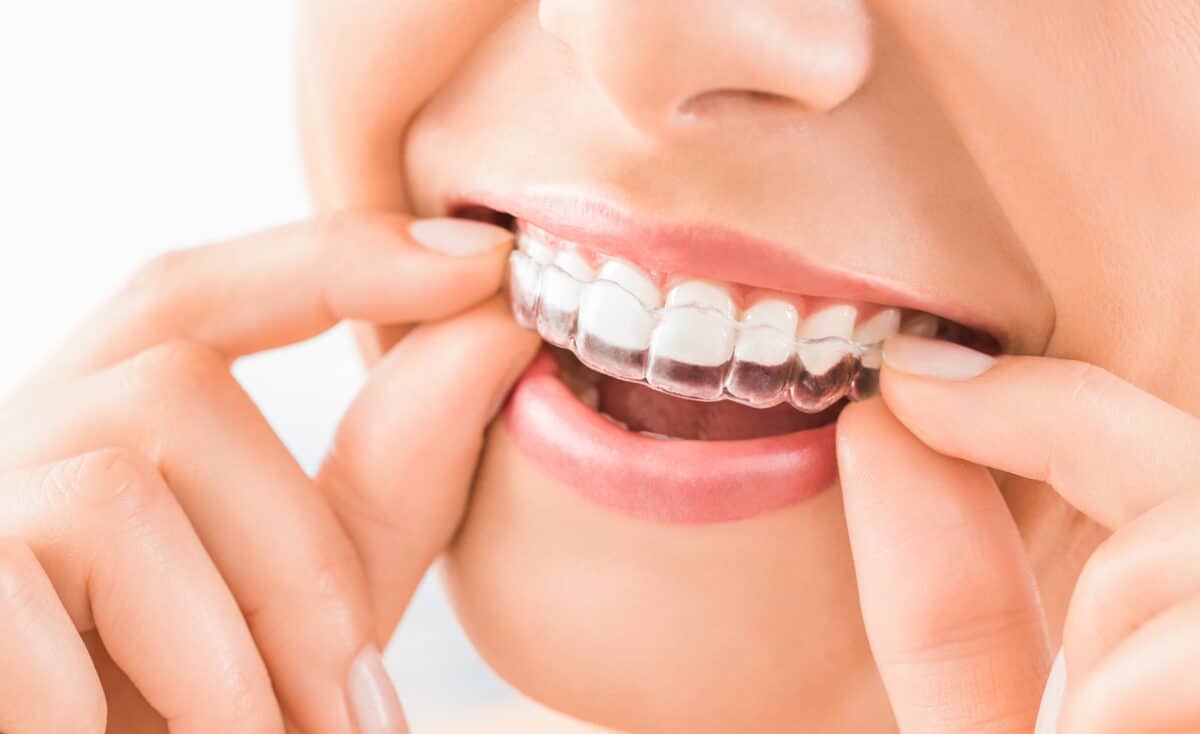A captivating smile possesses the extraordinary ability to make a lasting impression. At Smith Dentalworks, we recognize the significance of a vibrant smile, and one of the most effective ways to achieve this is through teeth whitening. This comprehensive guide delves into the nuances of teeth whitening, highlighting the transformative benefits available through our dedicated dental care services.
Understanding the Fundamentals of Teeth Whitening
Teeth whitening is a cosmetic dental procedure crafted to brighten the natural color of your teeth by eliminating stains and discoloration. Factors such as aging, dietary choices, tobacco use, and inadequate oral hygiene can contribute to the gradual yellowing or staining of teeth. Our teeth whitening treatments are designed to reverse these effects, restoring your teeth to their inherent radiance.
Cutting Edge Teeth Whitening
Our team of seasoned professionals is committed to providing exceptional teeth-whitening services tailored to your specific needs. Utilizing cutting-edge technologies and proven techniques, we ensure a safe, effective, and comfortable teeth whitening experience.
Professional vs. Over-the-Counter (OTC) Alternatives
While the market is inundated with OTC teeth whitening products, none rival the efficacy of professional treatments. Smith Dentalworks offers in-office whitening procedures that yield noticeable results in a single session. Our skilled dental professionals conduct a thorough examination of your oral health, customizing the treatment to guarantee optimal results, and prioritizing your safety and satisfaction.
The Teeth Whitening Process
Embark on your teeth whitening journey with Smith Dentalworks by undergoing a comprehensive examination of your teeth and gums. This enables our professionals to identify any underlying issues that may impact the whitening procedure. Once cleared for treatment, a protective barrier shields your gums, and a specialized whitening gel is meticulously applied to your teeth. Advanced technology, including LED lights, may be employed to expedite the whitening process, offering you a remarkable transformation in the shade of your teeth within a short timeframe.
Beyond Aesthetics: The Additional Benefits
While the cosmetic advantages of teeth whitening are undeniable, the benefits extend beyond aesthetics. A whiter smile can elevate your self-esteem and confidence, positively influencing various aspects of your personal and professional life. Moreover, maintaining a bright smile encourages better oral hygiene practices, as individuals are often motivated to preserve the results of their whitening treatment.
Post-Whitening Care
At Smith Dentalworks, we guide you through post-whitening care to maximize and prolong the results. This includes recommendations for oral hygiene practices, dietary adjustments, and periodic touch-up treatments, if necessary. Our commitment to your long-term satisfaction ensures that your dazzling smile remains a source of confidence for years to come.
Discover Teeth Whitening at Our Dental Office
Teeth whitening at Smith Dentalworks is not just a cosmetic enhancement; it’s a journey to rediscovering the brilliance of your smile. With our professional and personalized approach, you can confidently unveil a radiant, white smile that speaks volumes.
Choose Smith Dentalworks for a brighter, more confident you.











